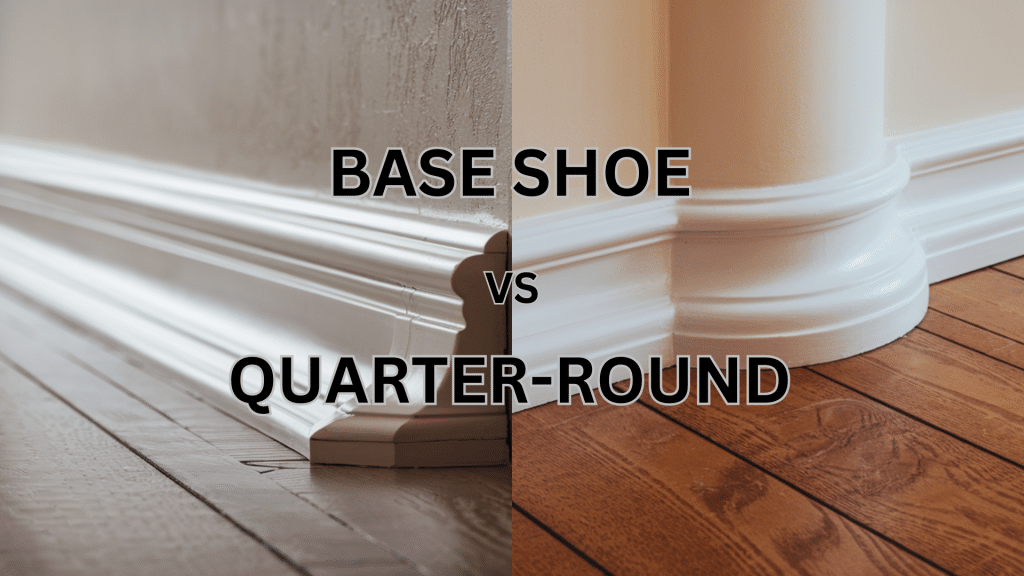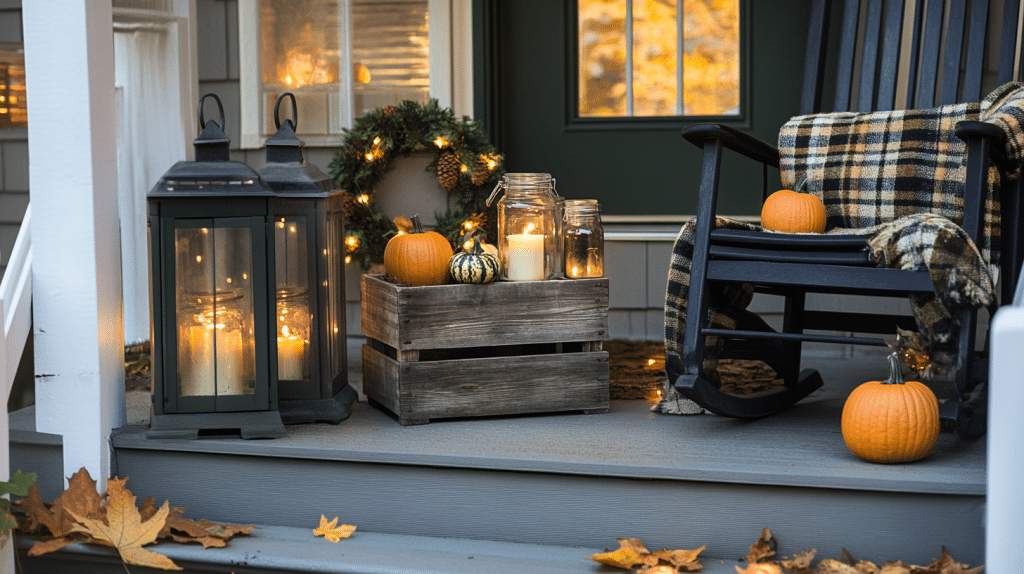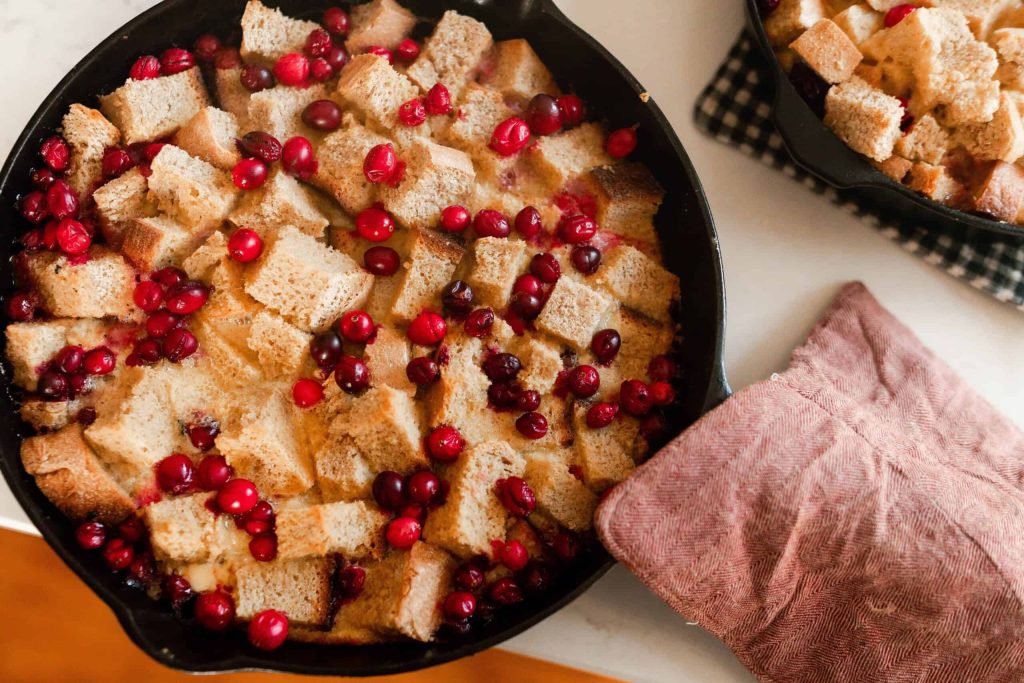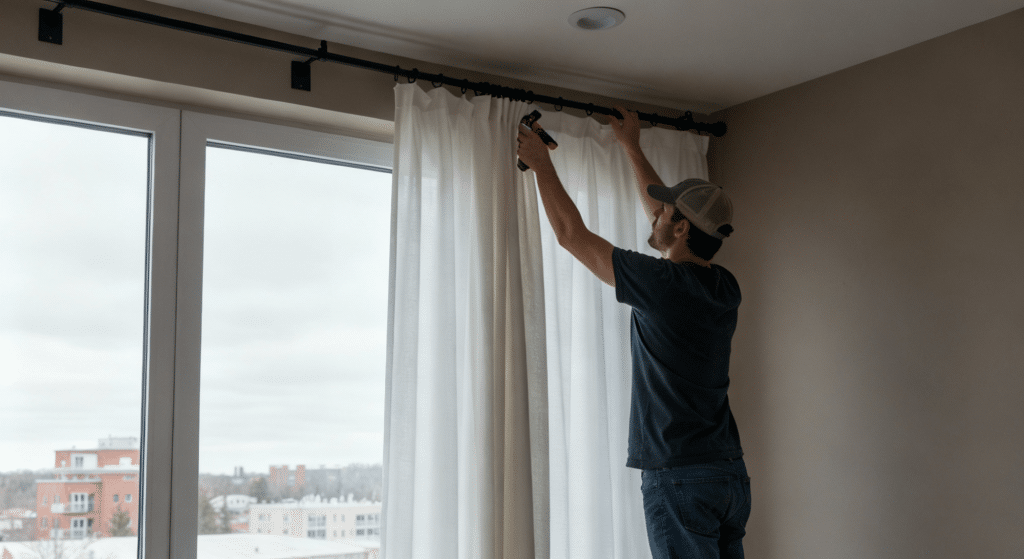Ever stood in a home improvement store, staring at trim options and feeling lost? I’ve been there too. Many homeowners get confused between base shoe and quarter-round moldings when finishing their floors.
What’s the real difference? Each trim type has unique features that work better in specific situations. When I learned the distinctions, my flooring projects became much easier.
I wrote this guide to help you choose the right option for your home. You’ll learn the pros and cons of each, when to use them, and how they affect your room’s final look.
Let’s clear up the confusion so you can make the best choice for your next flooring project.
Base Shoe vs Quarter-Round: Understanding the Basics
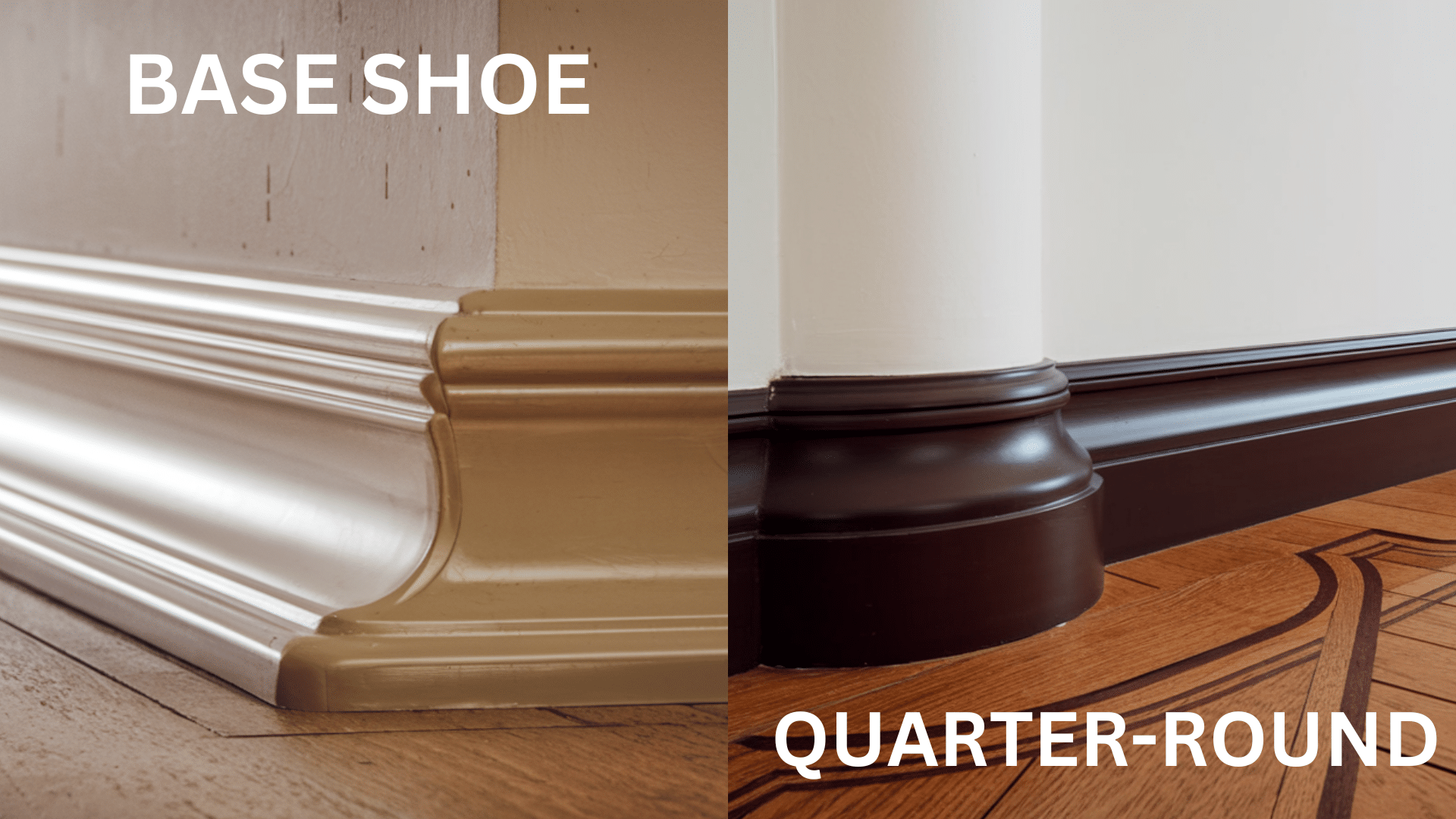
These two trim options have different looks and functions in home projects. Let me explain each one clearly so you can tell them apart.
What Is Base Shoe Molding?
Base shoe is a small, flexible strip of molding with a curved edge on one side. It measures about 1/2 inch wide and 3/4 inch tall with an L-shaped profile. This trim sits flush against the baseboard and floor, hiding gaps while allowing for floor movement.
Base shoe works well with uneven floors since it can bend and conform to slight variations. It’s often used with hardwood floors and adds a subtle finishing touch.
What Is Quarter-Round Molding?
Quarter-round is a simple molding that forms exactly one-fourth of a full circle. It’s typically 3/4 inch in both width and height, creating a perfect quarter-circle shape. This trim option sits at the junction between baseboard and floor, covering gaps and giving a clean finish.
Quarter-round is less flexible than base shoe but offers a more noticeable, rounded look. It works well in various settings and is easier to find in most home stores.
Materials: Wood, MDF and Polystyrene
Both base shoe and quarter-round come in these common materials, each with its own set of features:
- Wood: Natural wood offers classic looks and can be stained to match floors. It’s strong yet flexible enough to follow wall curves. Wood costs more but lasts longer and can be sanded for repairs.
- MDF: Medium-density fiberboard gives you smooth, consistent trim without knots. It’s cheaper than wood and takes paint well. MDF works in dry rooms but may swell with moisture exposure.
- Polystyrene: This plastic option resists water damage and doesn’t warp. It comes pre-primed, ready for painting, and installs easily. Polystyrene is budget-friendly but less durable than wood when bumped.
Your choice depends on budget, room conditions, and desired finish.
Size and Shape
Base shoe has a slim, low-profile design, typically measuring 1/2 inch wide and 3/4 inch tall. Its shape resembles a small “L” with one flat side that sits against the baseboard and a slightly curved outer edge. This smaller profile makes it less noticeable and allows for a more subtle transition.
Quarter-round features equal width and height, usually 3/4 inch in both dimensions. It forms a perfect quarter-circle shape, as its name suggests. This creates a more obvious, rounded profile that stands out more than base shoe when installed at the wall-floor junction.
Purpose
Both base shoe and quarter-round serve specific functions in finishing your flooring projects. The right choice depends on what you need to accomplish with your trim work:
Base Shoe:
- Covers small gaps between flooring and baseboards
- Allows for natural wood expansion and contraction
- Bends easily to follow uneven floors or walls
- Works well with existing baseboards without removal
- Creates a slim, less noticeable finish line
- Ideal for hardwood floor installations
Quarter-Round:
- Hides larger gaps at floor-wall junctions
- Provides stronger visual border around room edges
- Offers more protection to wall edges
- Works well in areas with significant floor variations
- Easier to find in standard home improvement stores
- Good choice for DIY projects due to simple installation
Your choice between these options should match both the practical needs of your space and your personal style preferences. Consider what matters most for your specific project- a subtle finish or more noticeable trim detail.
Aesthetic
Base shoe offers a more subtle, refined look to your room. Its lower profile draws less attention to the floor-wall junction, allowing other design elements to stand out. The slimmer shape creates a sleek finish that blends into the background of your room design.
Quarter-round creates a more defined, traditional appearance with its larger, curved profile. This option makes a stronger visual statement along your walls. It works nicely in traditional homes where you want trim elements to be part of the visual interest in the space.
Here’s a quick comparison to help you see how base shoe and quarter-round stack up against each other in several important areas:
| Factor | Base Shoe | Quarter-Round |
|---|---|---|
| Adaptability | More flexible, better for uneven floors | Less flexible, works best on level surfaces |
| Gap Coverage | Covers smaller gaps up to 1/2 inch | Covers larger gaps up to 3/4 inch |
| Approximate Price Range | $0.75-$1.50 per linear foot | $0.50-$1.25 per linear foot |
| Installation Difficulty | Slightly harder due to thinner profile | Easier to handle and cut |
| Paint/Stain Retention | Holds finish well with less visible wear | Shows scuffs and wear more easily |
Consider these differences when choosing which trim will work best for your specific flooring project and budget.
Base Shoe vs Quarter-Round: Choosing the Right Trim for Your Home
Both trim options have their strengths and limitations that might make one better for your specific needs:
Base Shoe
Pros:
- Better for Uneven Floors: Base shoe bends more easily to follow floor contours. This flexibility makes it ideal for older homes where floors may not be perfectly level.
- More Subtle Appearance: The smaller profile creates a cleaner, less obtrusive look. This slim design works well in modern or minimalist spaces where you want trim that doesn’t call attention to itself.
Cons:
- More Difficult to Install: The thinner profile can split more easily during installation. You’ll need to pre-drill nail holes carefully and work slowly to avoid damaging the material.
- Limited Availability: Base shoe can be harder to find in some finishes or materials. Many home stores carry fewer options in base shoe compared to quarter-round, which might limit your choices for matching existing woodwork.
Quarter-Round
Pros:
- Easier Installation: The thicker profile makes quarter-round more forgiving to work with. It’s less likely to split when nailing and easier for beginners to handle.
- Better Gap Coverage: The larger size covers wider gaps between floor and wall. This makes quarter-round helpful in renovations where removing baseboards isn’t practical.
Cons:
- More Noticeable Profile: The larger, rounded shape stands out more visually. This can make quarter-round look bulky or obvious in some settings.
- Less Flexible on Uneven Surfaces: The rigid quarter-circle shape doesn’t conform well to wavy floors. This can result in gaps or an uneven appearance along the bottom edge.
Choose the option that best matches your floor conditions, skill level, and design preferences for the best results.
Styling Base Shoe and Quarter-Round Like a Pro
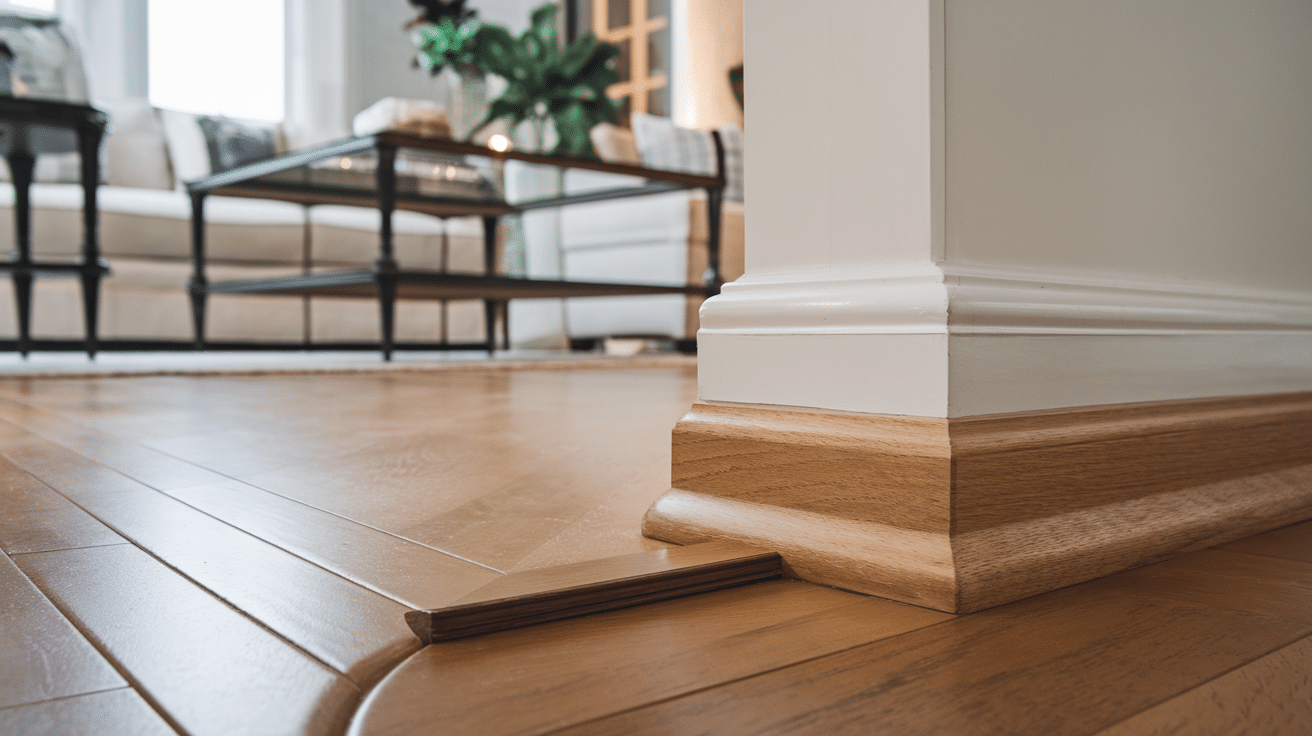
Here are three ways to make your trim look fantastic no matter which option you choose:
1. Paint it the same color as your wall: This technique makes the trim blend into the wall instead of the floor. It creates a clean, modern look that makes rooms feel taller. The trim almost vanishes, giving a sleek finish that works well in contemporary spaces.
2. Match your trim to your floor tone: Stain wooden base shoe or quarter-round to match your hardwood floors for a cohesive look. This makes the trim appear as an extension of the floor rather than a separate element. The matching creates a subtle, thoughtful detail that guests often notice.
3. Create contrast with a bold color: Paint your trim in a statement color that stands out from both walls and floors. Navy blue, dark green, or even black trim can frame a room in an unexpected way. It’s perfect for spaces where you want to add visual interest.
These styling choices can modify basic trim work into a design feature that enhances your entire room.
Base Shoe and Quarter-Round: Alternate Uses
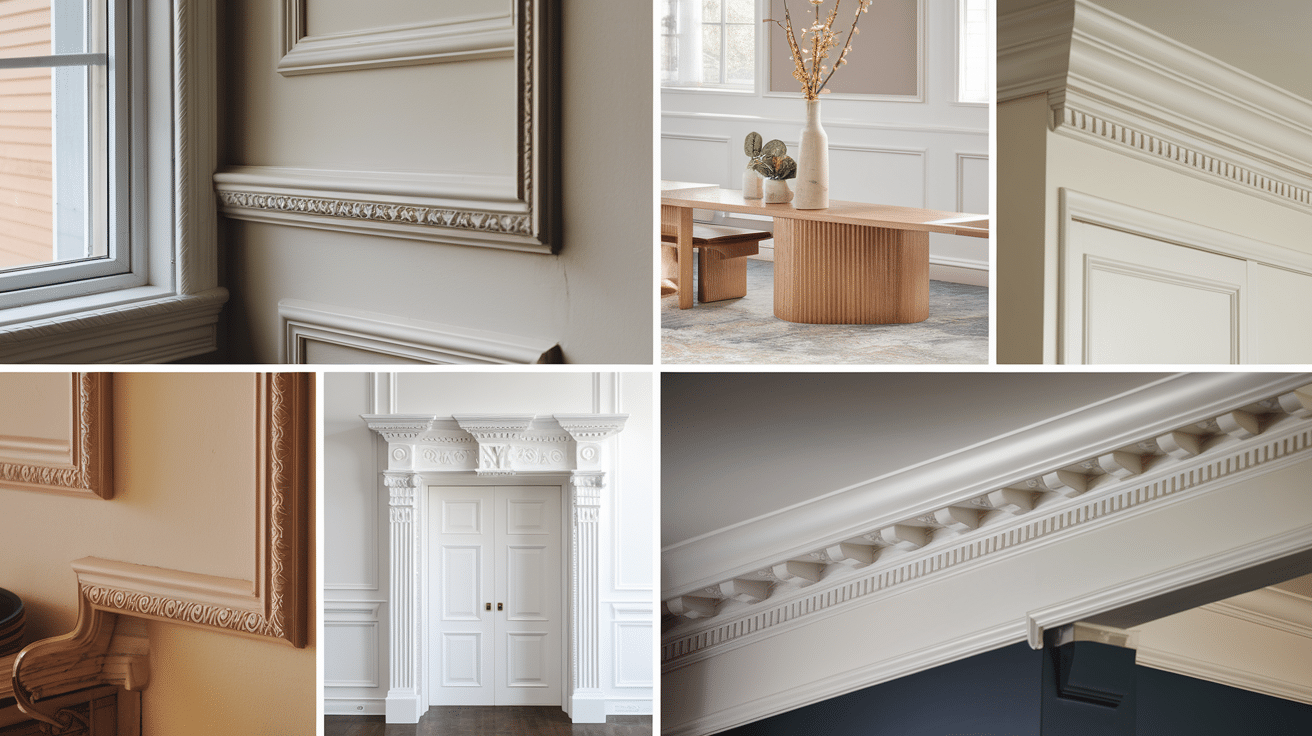
These trim pieces can do much more than just finish the gap between floor and wall:
- Window Frames: Both base shoe and quarter-round can create simple window casings when combined with flat stock. Base shoe works well for shallower windows, while quarter-round adds more depth and shadow lines.
- Furniture Edges: Add these trims to DIY shelving or cabinet projects. Quarter-round softens sharp edges on shelves, while base shoe creates a nice lip on the front of bookcases or built-ins.
- Door Frames: Use either trim to add detail to plain door casings. Base shoe can create a slim profile around door frames, and quarter-round works well to add curves to straight molding combinations.
- Ceiling Transitions: Both options work for wall-to-ceiling transitions in rooms without crown molding. They provide a finished look without the cost or visual weight of larger crown moldings.
Try thinking beyond floors when you have leftover trim pieces from your next project.
Wrapping It Up
So, which trim is right for your home – base shoe or quarter-round? The answer depends on your specific needs.
Base shoe offers flexibility for uneven floors and a subtle look, while quarter-round provides easier installation and better gap coverage. I’ve used both in different settings and found each has its place.
Remember, trim isn’t just functional, it’s part of your home’s overall design. Whether you match it to your walls, coordinate with your floors, or make it a bold statement piece, your choice adds personality to your space.
Ready to start your project? Take a quick measurement of your room, consider your floor’s condition, and choose the option that works best for you. And don’t forget those creative alternate uses, they might inspire your next DIY project!
What trim choice are you leaning toward? Leave in the comments below.


